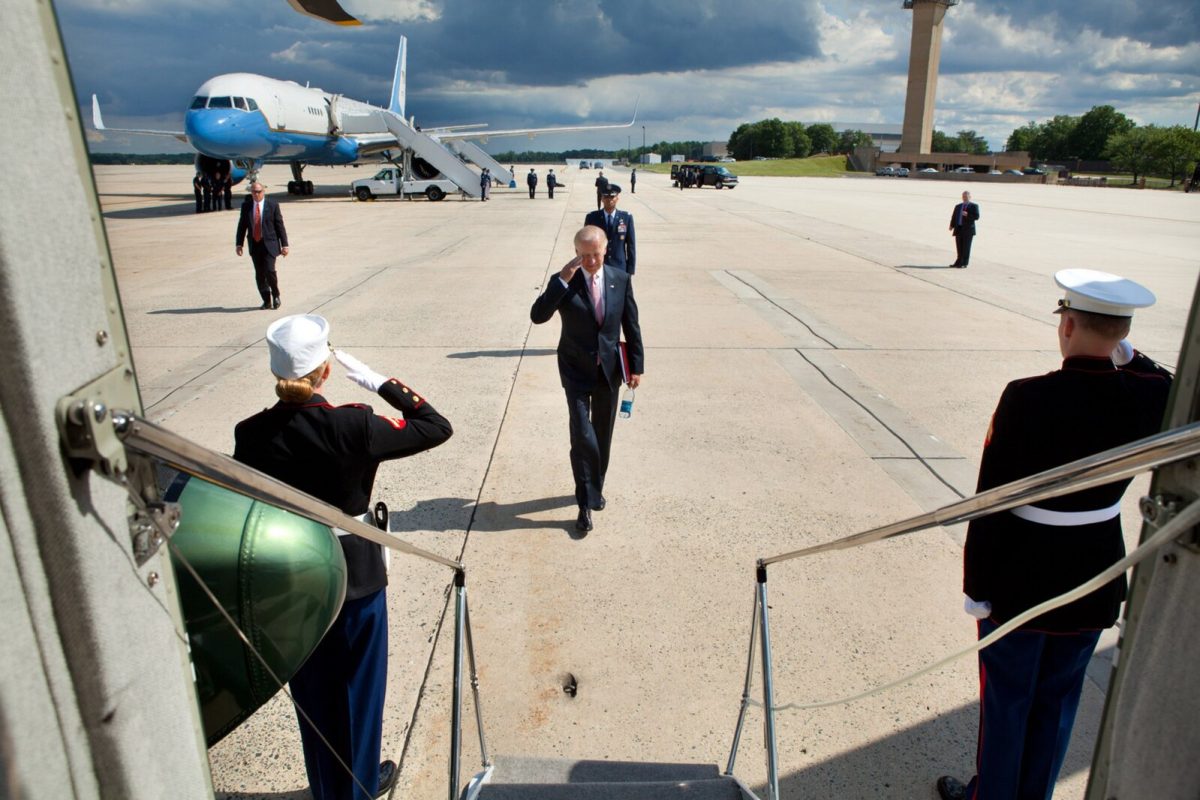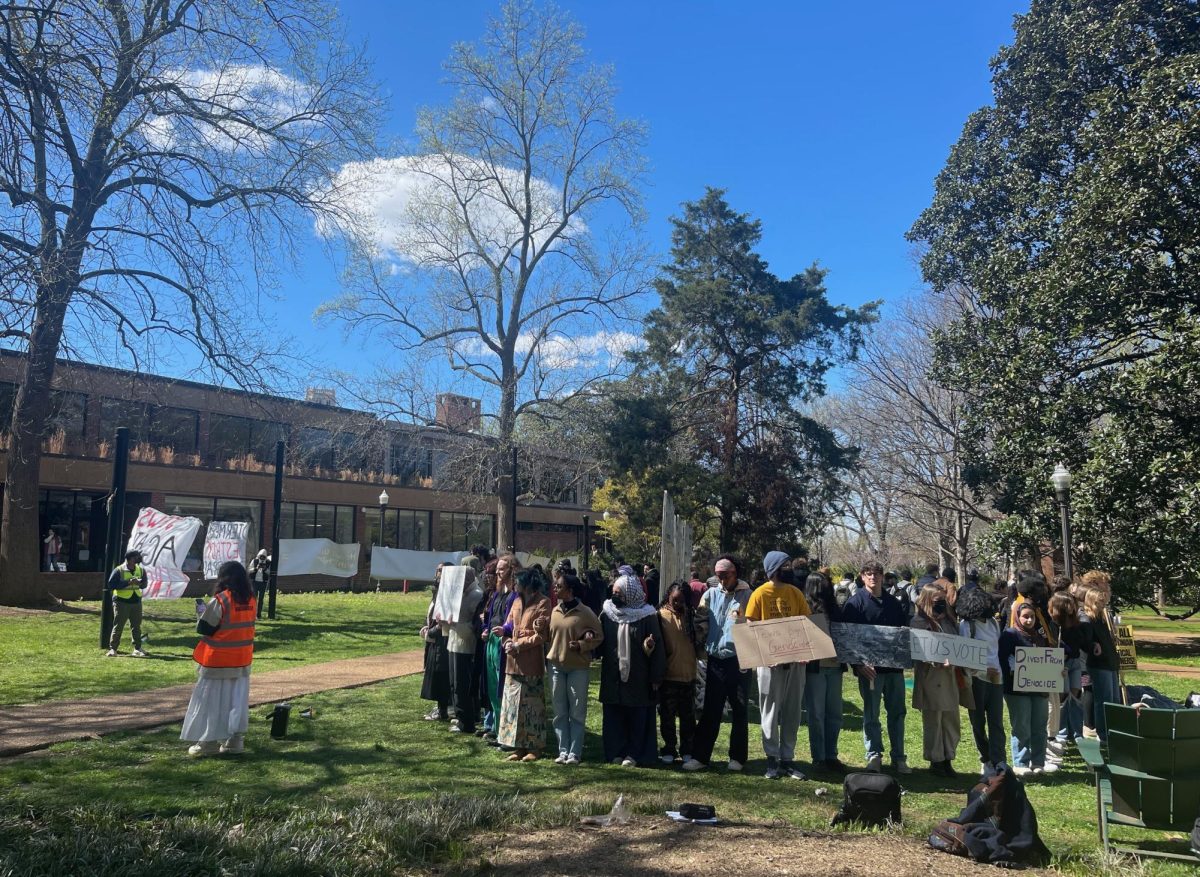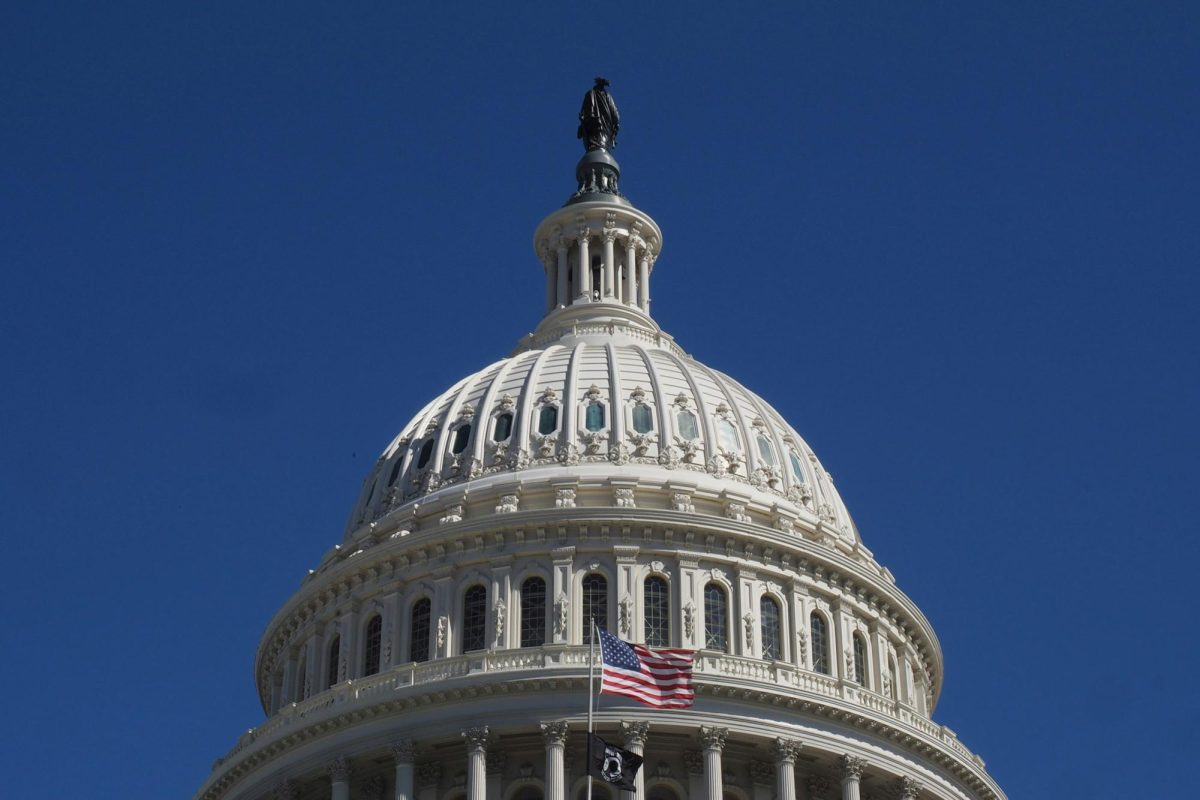Continued from part I
In a 1962 National Security Council document, then-Secretary of State Dean Acheson bluntly illustrated the purpose of US official statements of anti-Communist policies. Acheson wrote that public statements aim “to gild our positions with an ethos derived from very general moral principles which have affected legal doctrines.”
The gravity of the New Washington Consensus makes it crucial to parse through claims of figures like Jake Sullivan and Gina Raimondo to determine which aspects of the statements are rhetorical ornamentation, which are palatable reframings of true designs, and which accurately describe present circumstances and intentions.
The intention to undercut China was evident in recent policies that have barred the export of high-tech chips to mainland China and the import of certain Chinese solar panels. Sullivan argues such policies “are tailored measures,” and “are not, as Beijing says, a ‘technology blockade.’” While such policies do not constitute a blockade, they are not purely innocent “derisking” efforts either.
The solar panel restriction, for instance, cites “forced labor” as the reason for the policy. Though this claim is factual, it is likely only the surface justification for the policy. Such a ban expedites the efforts to break the present Chinese dominance of the clean energy market.
Were fears of slave labor important enough to be the sole cause for such a ban, such bans would extend to the Chinese clothing industry, where extensive labor abuse issues have been widely reported, as with such well-known companies as online giant Shein.
When Chinese officials objected to an executive order banning new investments in certain Chinese tech industries as an “effort by Washington to throttle its tech development and slow its economic growth,” Secretary of Commerce Raimondo defended the policy. “While we will never of course compromise in protecting our national security,” she stated during her recent visit to Beijing, “I want to be clear that we do not seek to decouple or to hold China’s economy back.”
Such a claim is difficult to reconcile with Sec. Raimondo’s previous statement in a 2021 CNBC interview where she said, “If we really want to slow down China’s rate of innovation, we need to work with Europe.” That it is the aim of US economic policy to “hold China’s economy back” Raimondo makes unequivocal.
Raimondo’s claim cuts against Sullivan’s defense of the new economic model as well. In his Brookings speech, he claims that the new system means balancing technological advancement and security “without obstructing broader trade and innovation.”
The seeming inconsistencies across the various official statements are products of rhetorical inertia. For such bodies as the Commerce Department, extolling the virtues of free trade has been the norm for decades. The language reflects longtime US policy, but now the policy has changed and the rhetoric is slow to follow.
During the Cold War, open trade was a tool for increasing US political influence and economic strength. Nations were drawn away from Communism towards the US-led economic system by the rapid growth made possible by World Bank development funds and market capitalism.
In the late 1970s, it became evident that open trade was a more effective means of liberalizing China than the “containment and isolation” policy of the 1950s and 1960s. “Once engaged in selling to profitable US markets,” sinologist James Peck writes in his book Washington’s China, “Communist China would be less free to act in ways which might threaten to cut off that source of scarce foreign exchange.” This approach helped China lift itself out of Maoism and into prosperity.
But as China rose to global prominence, it failed to shed its authoritarianism. US derisking efforts not only minimize the danger of global instability but also reflect a new phase in the decades-long economic effort to contain China and encourage its liberal transition.
Over the last few decades, unfettered trade advanced US security by increasing the US’s economic stature. The influence of security concerns on economic policy was not evident because it was in the best interest of national security not to be overly involved in economic affairs. Now, security concerns are again visibly asserting themselves in economic planning.
The longtime modus operandi of the Commerce Department has been encouraging free trade, but as circumstances have changed, their aims have as well. Additionally, as Raimondo is as much a diplomat as an economist, such statements also function to make the new barbed policies more palatable to a Chinese audience.
While China has responded to US derisking maneuvers with tariffs and policies of their own, their officials have attempted to sustain ties between the two nations. In their August meeting, Premier Li said to Secretary Raimondo that “politicizing economic and trade issues and overstretching the concept of security” would have a “disastrous impact on the global economy.” President Xi emphasized his aversion to derisking in his recent meeting with Biden at APEC, stating, “major-country competition is not the prevailing trend of current times.”
The Biden Administration’s trade restrictions, describes Professor Coe, “affect only a very small share of commerce between the US and China,” and are far less stringent than those employed by former President Trump. Even those, however, “still seem unlikely to have much effect on the likelihood of war.” But the mere absence of war does not mean prosperity.
To prevail in competition with China, and bolster economic security, some measure of derisking is necessary. This is a precarious game of tremendous consequence, however, as the US and China together make up more than half of global GDP, and their trade is the main circuit cable of the global economy.
As such, in experimenting with the global economic order, the watchword should be “caution”. Were autarkic tendencies to ride in on fears of economic vulnerability, the consequences for global well-being would be extensive. Whether the New Washington Consensus can maintain stability and prosperity through the discord of economic restructuring will determine the structure of global political and economic power for the foreseeable future.
David Lienemann, Public domain, via Wikimedia Commons








